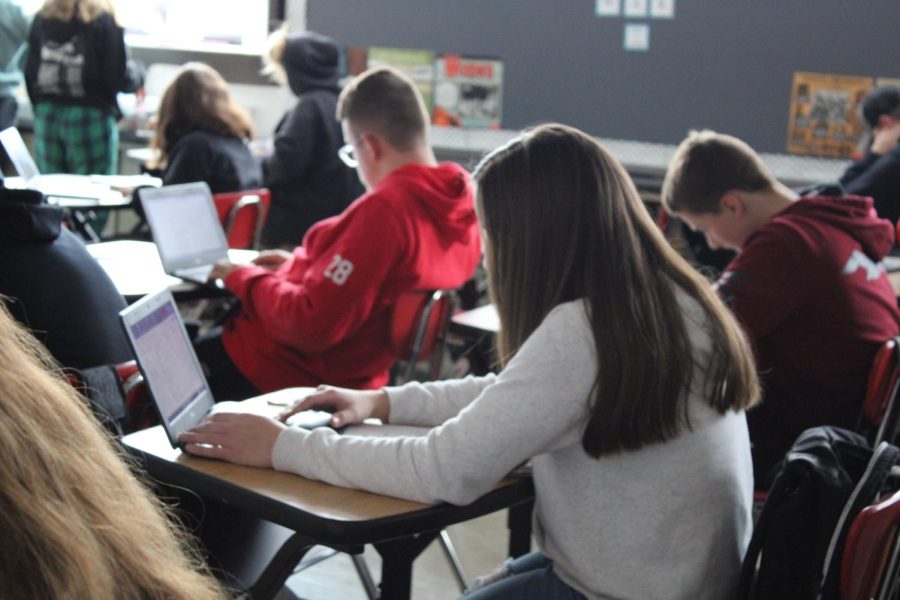Eye for an eye
School punishment must be equal to severity of transgression
Collective punishment can add stress to students and further isolates peers. More often than not, collective punishment creates issues as opposed to solving them.
The day-to-day life of the high school consists of many aspects and a copious number of different cliques. A daily occurrence in schools across the country is consistent rule-breaking, which is swiftly followed by reprimanding from teachers, staff and faculty. Sometimes, however, the action of the teacher and the punishment given are not entirely deserved to the degree that it is given. Stress, anger and overall frustration can lead to unfair punishment to the student or the class as a whole, even if only a single student is responsible.
The saying “eye for an eye” is a principle of justice used to define how it is unjust for the repercussions of an offense to not be equal to the offense and its damage. If one takes an eye, their eye is taken. If a student breaks rules in the hallways, their hallway privileges are revoked.
It is morally wrong, ethically unjust and unacceptable for small offenses to be blown out of proportion while the damnation of one is forced upon other students. Students across the world, as well as in Freedom, face the issue of collective or group punishment.
“Getting in trouble for something I didn’t do and having to deal with the repercussions of someone else’s bad decision is the worst feeling,” freshman Beau DeThomas said.
Many teachers who use the disciplinary strategy of collective punishment, use a form of peer pressure to persuade students against ill-advised actions, using phrases such as, “If you do that, the whole class will be punished.” This can be followed by statements such as, “Nobody will want to be your friend if you get them in trouble.”
The attempt at persuasion using the fear of collective punishment and the threat of a social disliking can be radical forms of punishment that loop in uninvolved students which only further complicates a simple situation. However, more often than not, this fails. Students who deliberately defy rules that would suffer consequences anyway often do not care if others sink with them. Another common outcome is a turning of students against the teacher, as opposed to the desired effect of students against students, which leads only to further classroom complications and a loss of respect towards the teacher or administrator.
School is meant to be a safe and constructive learning environment that is beneficial to all of its students. High school can be incredibly difficult for some students and extremely stressful to students who are struggling or those with a high workload. The already taxing schooling is only made harder when the focus of administration turns from putting students’ interests first as a top priority, to making student life more difficult by involving students in matters they had no business in. When a student is struggling and gets looped into extra homework or privileges that make learning fun and school enjoyable get revoked, all motivation to learn and enjoyment of school can be stripped away.
There is a fine line that all authority figures must learn in a school setting. That is the balance between ineffective punishment, effective punishment and over punishment that is deleterious to student learning and motivation and the school environment. When administrators restrain themselves from irrational reprimanding and take the time to snip a problem at its source, they can make a difference for the better in student lives. Why lose an entire garden when one can remove the weeds and let the flowers flourish?



